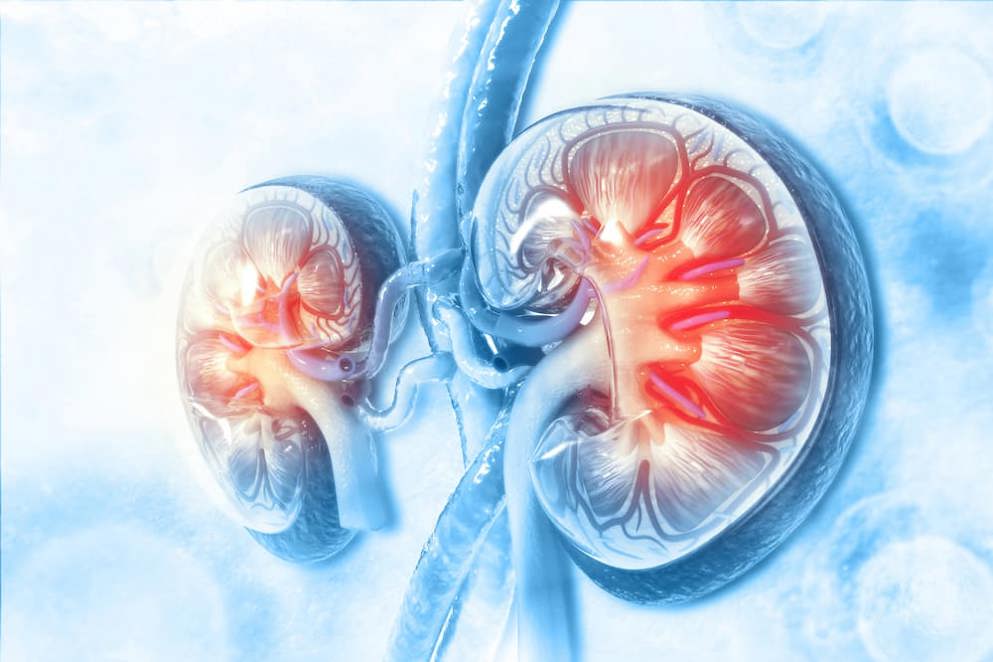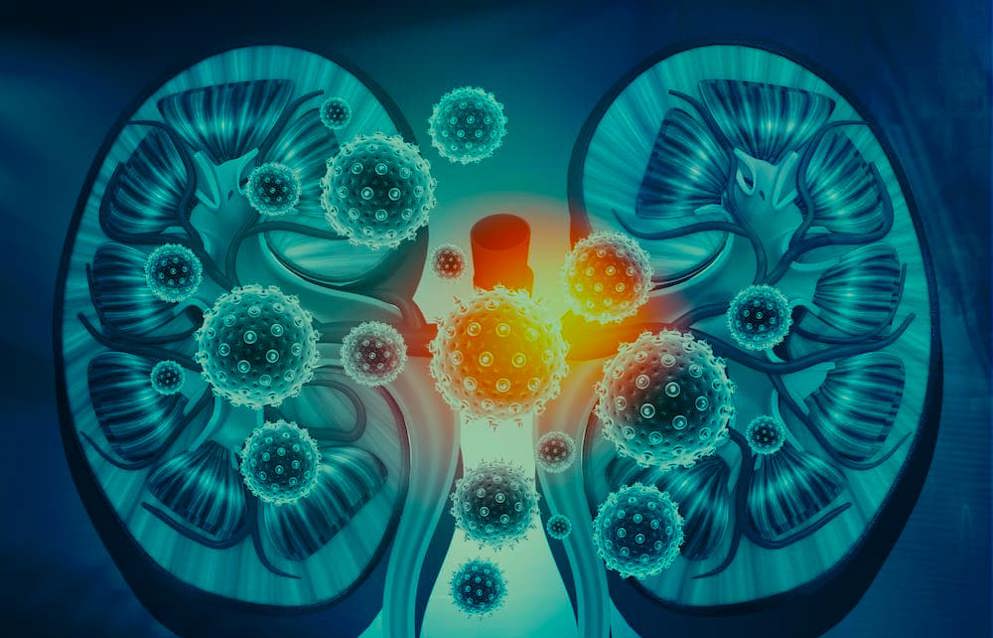Systematic Review and Meta-Analysis of Patiromer and Sodium Zirconium Cyclosilicate: A New Armamentarium for the Treatment of Hyperkalemia.
Systematic Review and Meta-Analysis of Patiromer and Sodium Zirconium Cyclosilicate: A New Armamentarium for the Treatment of Hyperkalemia
Objective: To compare and contrast the efficacy and safety of patiromer and sodium zirconium cyclosilicate (ZS-9) in the treatment of hyperkalemia.
Design: A systematic review and meta-analysis of phase II and III clinical trial data was completed.
Patients or Participants: Eight studies (two phase II and four phase III trials with two subgroup analyses) were included in the qualitative analysis, and six studies (two phase II and four phase III trials) were included in the meta-analysis.
Measurements and Results: Significant heterogeneity was found in the meta-analysis with an I2 value ranging from 80.6–99.6%. A random-effects meta-analysis was applied for all end points. Each clinical trial stratified results by hyperkalemia severity and dosing; therefore, these were considered separate treatment groups in the meta-analysis. For patiromer, a significant −0.70 mEq/L (95% confidence interval [CI] −0.48 to −0.91 mEq/L) change was noted in potassium at 4 weeks. At day 3 of patiromer treatment, potassium change was −0.36 mEq/L (range of standard deviation 0.07–0.30). The primary end point for ZS-9—change in potassium at 48 hours—was −0.67 mEq/L (95% CI −0.45 to −0.89 mEq/L). By 1 hour after ZS-9 administration, change in potassium was −0.17 mEq/L (95% CI −0.05 to −0.30). Analysis of pooled adverse effects from these trials indicates that patiromer was associated with more gastrointestinal upset (7.6% constipation, 4.5% diarrhea) and electrolyte depletion (7.1% hypomagnesemia), whereas ZS-9 was associated with the adverse effects of urinary tract infections (1.1%) and edema (0.9%).
Conclusion: Patiromer and ZS-9 represent significant pharmacologic advancements in the treatment of hyperkalemia. Both agents exhibited statistically and clinically significant reductions in potassium for the primary end point of this meta-analysis. Given the adverse effect profile and the observed time-dependent effects, ZS-9 may play more of a role in treating acute hyperkalemia.
Read abstract on library site Access full article
Featured Learning Zones
You may be interested in...
Objective: To review evidence regarding osteoporosis screening, prevention, diagnosis, and management in the past decade and update the position statement published by The North American Menopause Society (NAMS) in 2010 regarding the management of osteoporosis in postmenopausal women as new therapies and paradigms have become available.




